Blue Evolution, Silver Bay Seafoods ready to carry the ‘mariculture’ torch in The Last Frontier state
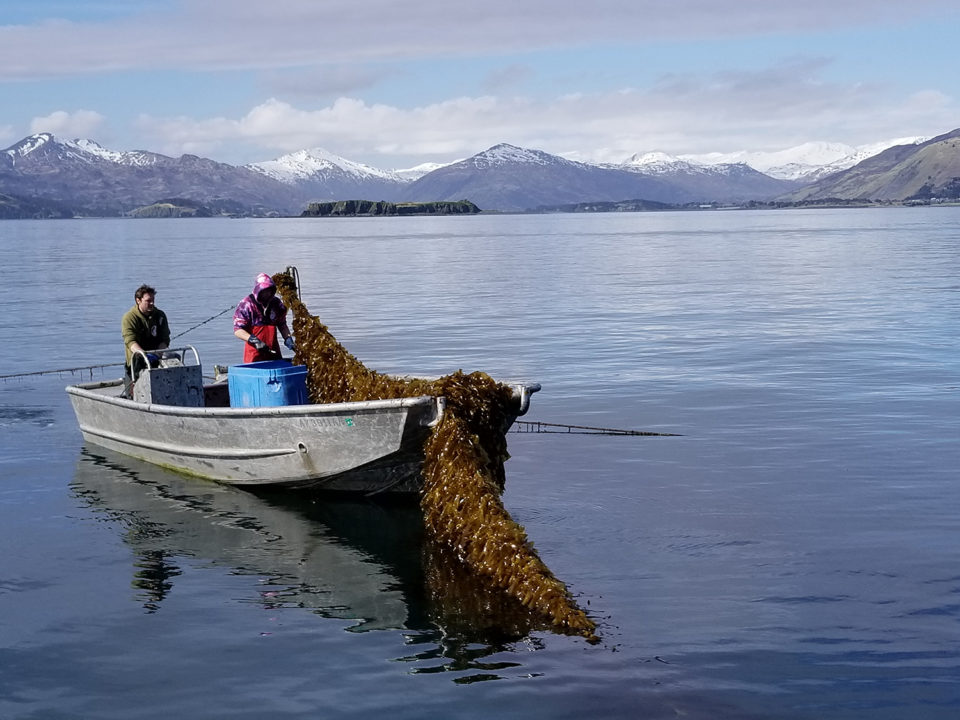
The word aquaculture is a dirty one in Alaska, where finfish farming is firmly prohibited. But if your aquaculture falls within certain limits, permits to proceed can indeed be obtained. Just ask Beau Perry, founder and CEO of Blue Evolution, a San Mateo, Calif.-based company that farms two varieties of kelp, alaria and saccharina, in Alaskan waters.
“We harvested 30,000 wet pounds of seaweed last year and are aiming for 200,000 pounds this year,” said Perry. “To compete we need to increase volume so our costs come down, and Alaska’s great asset is its tremendous processing capacity, giving us room to grow.”
Perry’s main production area is off Kodiak Island, where until recently, two farmers deployed 34,000 feet of line. This year the farmers will more than double their output, to 70,000 feet of line.
Two years ago, Blue Evolution submitted an application for 34 acres on another site near Kodiak, where Perry hopes to produce a new species of kelp, conduct research and development and train other farmers to grow seaweed. Approval can take anywhere between two and three years, but he’s hopeful a positive answer will be forthcoming in the next few months so that operations can begin this fall.
“Some communities, generally the waterfront working towns, are eager to have shellfish and seaweed farms, and both Kodiak and Ketchikan are receptive to the idea,” he said. “It helps that that our business is very complimentary to fishing and that we’re working with fishermen. We’re using labor, boats and processing facilities in the winter and spring, when there aren’t significant fishing operations, so there’s no conflict with fishing income and activities. Fishermen want to work and produce seafood, and they see me as a good fit for their marine economy.”
In 2014 NOAA provided grant funds to the Alaska Fisheries Development Foundation to spearhead the Alaska Mariculture Initiative. “Mariculture” is Alaska’s term for the enhancement, restoration and farming of shellfish and seaweed, and Julie Decker, AFDF executive director, said it’s important not to confuse the two terms.
“The term aquaculture has negative connotations with a majority of Alaskans. Because of the history of Alaska’s public policy debate about finfish farming and resultant prohibition of finfish farming but approval of shellfish and seaweed farming, we wanted to use a word that could help differentiate this initiative from the term aquaculture.”
The two terms are still confused, said Perry: “My permit talks about aquaculture but former Alaska Gov. Bill Walker created the Mariculture Task Force three years ago. In Alaska there’s a real aversion to finfish aquaculture, so when you’re using the word aquaculture in this state, you get very different reactions depending on what you’re producing.”
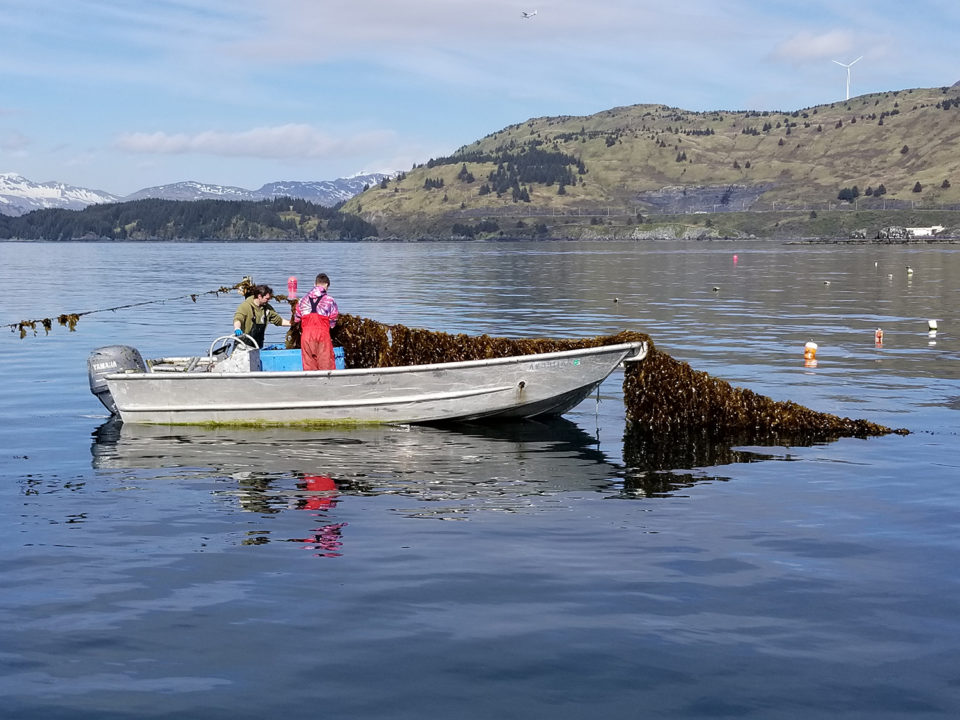
The Mariculture Development Plan, whose 20-year goal is to generate $100 million in overall sales, is hoping seaweed will generate $15.7 million for the industry in the next 20 years. To Perry, this sounds perfectly realistic.
“Seaweed is much easier to capitalize than other aquaculture species. It requires a lot less investment, is simpler and the organisms are way more resilient,” he said. “We’ll have to diversify into other markets such as animal feed, pet feed and cosmetics to find a market for our seafood, but I think Alaska stands to be a major global production center for seaweed and kelp.”
The MTF is pinning its hopes on geoducks, mussels, king crab, sea cucumbers and oysters. It says oysters could constitute 40 percent of Alaska’s mariculture industry, which would equate to $30 million. Decker said the total value of species presently being farmed – oysters, blue mussels and seaweed – is $1.5 million. That figure has grown slowly in the past seven years. In 2012 it was valued at $500,000.
Another company awaiting permitting from the Alaska Department of Natural Resources is Sitka-based Silver Bay Seafoods, a processor of frozen salmon, herring and squid that applied for a 10-year lease on 182 acres of sea floor near Sitka to start an oyster farm. Tommy Sheridan, external affairs representative for the company, said Silver Bay hopes to have an answer by December 2019, enabling the company to move forward by Spring 2020.
“The biggest obstacle thus far in the permitting review process is a lack of state employees devoted to the significant increase in permit applications that were submitted at a similar time frame to ours,” Sheridan said. “If we get approval, we’re shooting for annual production of 20 million sellable oysters per year.”
The oyster operation would generate 50 full-time year-round positions and would require millions of dollars in capital infrastructure. Additional hatchery facilities may also be required as capacity limits at the existing shellfish hatcheries in Ketchikan and Seward may inhibit the new operation from reaching its full potential.
Sheridan said Silver Bay held a couple of meetings to inform the public about their application and answer questions.
“I wouldn’t characterize the public’s response to our proposed farm as negative – the public was receptive to our answers regarding their interest and concerns. Given the scale of our proposed farm, I believe that such interest is to be expected,” he said.
Is public perception of aquaculture – or mariculture – changing in Alaska? Decker believes it is.
“The Alaska Mariculture Initiative and the Mariculture Task Force are having a positive impact. There have been dozens of news stories and public presentations in Alaska about mariculture in the last few years and we have integrated lots of stakeholders,” she said. “I think this approach takes a lot of effort, but it is working.”
Follow the Advocate on Twitter @GAA_Advocate
Now that you've reached the end of the article ...
… please consider supporting GSA’s mission to advance responsible seafood practices through education, advocacy and third-party assurances. The Advocate aims to document the evolution of responsible seafood practices and share the expansive knowledge of our vast network of contributors.
By becoming a Global Seafood Alliance member, you’re ensuring that all of the pre-competitive work we do through member benefits, resources and events can continue. Individual membership costs just $50 a year.
Not a GSA member? Join us.
Author
-
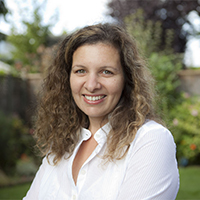
Lauren Kramer
Lauren Kramer is a freelance journalist residing in Richmond, B.C., who has written extensively about seafood marketing for SeaFood Business magazine and SeafoodSource.com. Her work appears in a number of publications, including the National Culinary Review and Alaska Airlines Magazine.
Tagged With
Related Posts
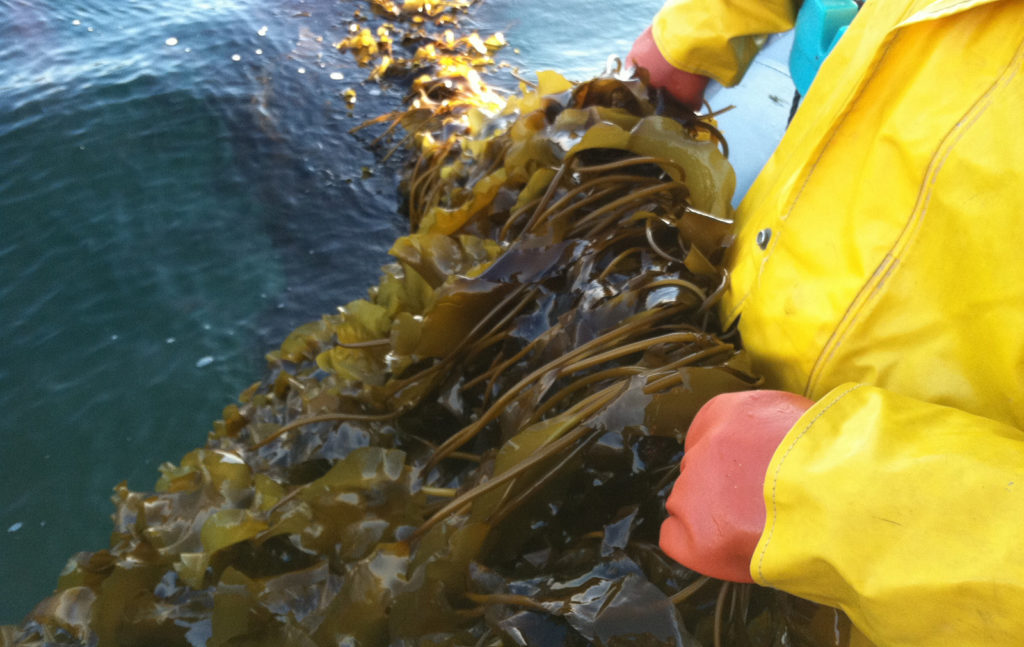
Responsibility
Lean and green, what’s not to love about seaweed?
Grown for hundreds of years, seaweed (sugar kelp, specifically) is the fruit of a nascent U.S. aquaculture industry supplying chefs, home cooks and inspiring fresh and frozen food products.
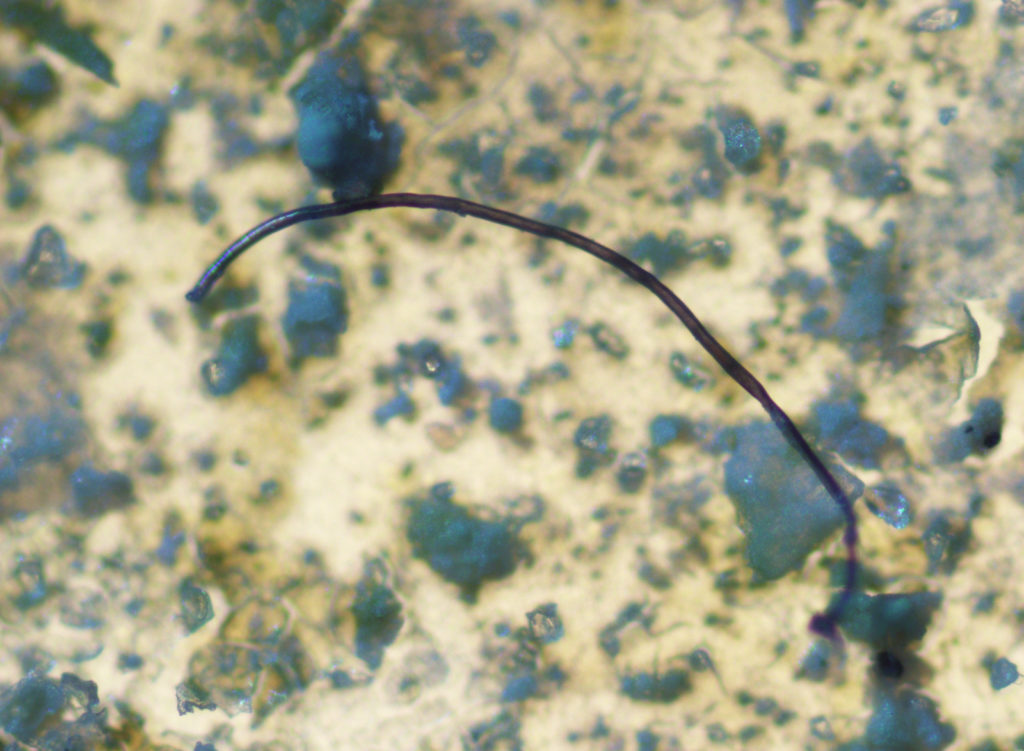
Responsibility
They’re ‘everywhere’: The pervasiveness of microplastics
How has the plastic in aquaculture operations contributed to microplastic pollution? And is plastic pollution contaminating aquaculture products? The Advocate takes a closer look.
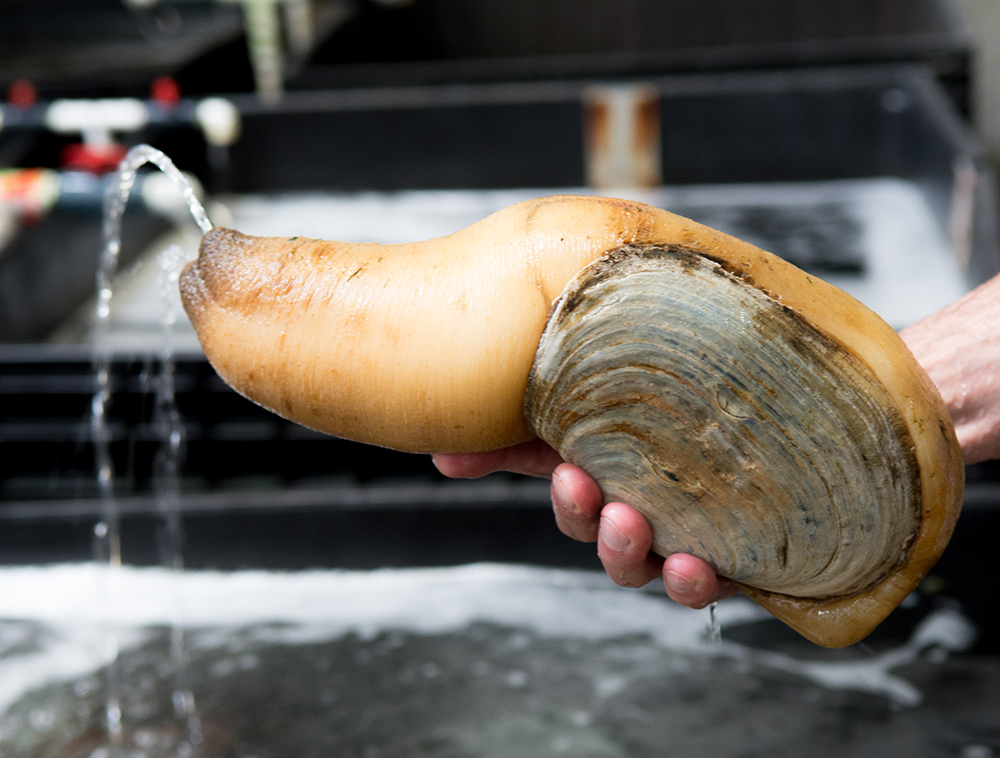
Intelligence
Despite Seafood Watch downgrade, few market changes for geoducks
A rating change for Pacific geoducks farmed in Washington state and British Columbia surprised and confused many in the field, since it’s a segment of the industry generally considered sensitive to sustainability issues.
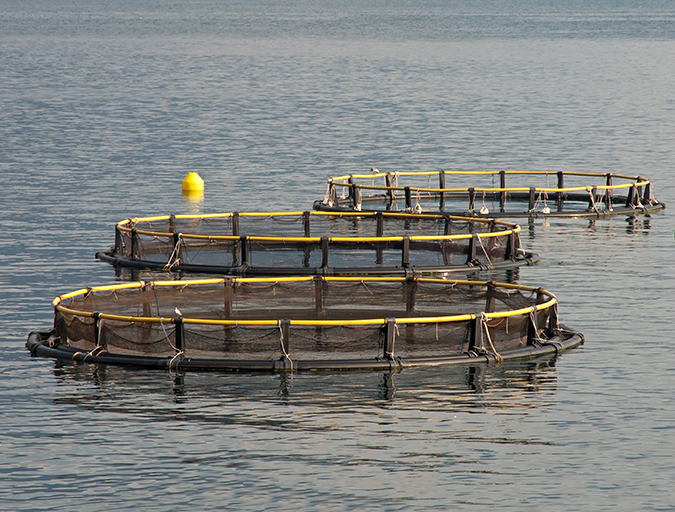
Intelligence
Rubino, Knapp lay out ‘political economics’ of U.S. aquaculture
Michael Rubino and Gunnar Knapp list key reasons why U.S. marine aquaculture has been limited to a scale far below its vast potential.

